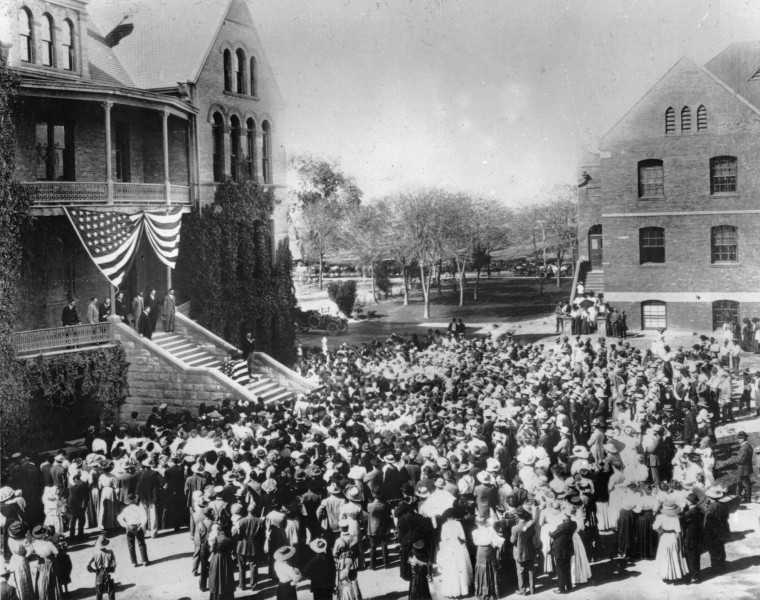|
Center For Negative Carbon Emissions
The Center for Negative Carbon Emissions (CNCE) is led by Director Matthew Green, and was founded by Klaus S. Lackner in the School of Sustainable Engineering and the Built Environment (SSEBE) at Arizona State University in 2014. CNCE is advancing carbon management technologies that can capture directly from ambient air in an outdoor operating environment. CNCE aims to demonstrate systems that over time increase in scope, reliability and efficiency while lowering the cost of carbon dioxide capture from air. References Direct air capture {{US-org-stub ... [...More Info...] [...Related Items...] OR: [Wikipedia] [Google] [Baidu] |
Klaus Lackner
Klaus S. Lackner is the Founding Director of the Center for Negative Carbon Emissions (CNCE) and a professor in School of Sustainable Engineering and the Built Environment at Arizona State University. He is scientific advisor to Carbon Collect Limited (name changed from Silicon Kingdom Holdings Limited in April 2021), and senior science advisor to Aircela Inc. He is a pioneer in carbon management and is the first to suggest capturing carbon dioxide from air in the context of addressing climate change. His works include demonstrating and improving passive methods to remove carbon dioxide from the atmosphere, integrating air capture technology with applications for using carbon dioxide, exploring safe and permanent disposal options for carbon dioxide, and identifying opportunities for automation and scaling. his publications have been cited 12771 times and his h-index is 53. Previously, he was the director of the Lenfest Center for Sustainable Energy at the Earth Institute. and ... [...More Info...] [...Related Items...] OR: [Wikipedia] [Google] [Baidu] |
Arizona State University
Arizona State University (Arizona State or ASU) is a public research university in the Phoenix metropolitan area. Founded in 1885 by the 13th Arizona Territorial Legislature, ASU is one of the largest public universities by enrollment in the U.S. One of three universities governed by the Arizona Board of Regents, ASU is a member of the Universities Research Association and classified among "R1: Doctoral Universities – Very High Research Activity". ASU has nearly 150,000 students attending classes, with more than 38,000 students attending online, and 90,000 undergraduates and nearly 20,000 postgraduates across its five campuses and four regional learning centers throughout Arizona. ASU offers 350 degree options from its 17 colleges and more than 170 cross-discipline centers and institutes for undergraduates students, as well as more than 400 graduate degree and certificate programs. The Arizona State Sun Devils compete in 26 varsity-level sports in the NCAA Division I Pac ... [...More Info...] [...Related Items...] OR: [Wikipedia] [Google] [Baidu] |
Direct Air Capture
Direct air capture (DAC) is a process of capturing carbon dioxide () directly from the ambient air (as opposed to capturing from point sources, such as a cement factory or biomass power plant) and generating a concentrated stream of for sequestration or utilization or production of carbon-neutral fuel and windgas. Carbon dioxide removal is achieved when ambient air makes contact with chemical media, typically an aqueous alkaline solvent or sorbents. These chemical media are subsequently stripped of CO2 through the application of energy (namely heat), resulting in a CO2 stream that can undergo dehydration and compression, while simultaneously regenerating the chemical media for reuse. DAC was suggested in 1999 by Klaus S. Lackner and is still in development. Several commercial plants are planned or in operation in Europe and the US. Large-scale DAC deployment may be accelerated when connected with economical applications or policy incentives. In contrast to carbon capture an ... [...More Info...] [...Related Items...] OR: [Wikipedia] [Google] [Baidu] |

